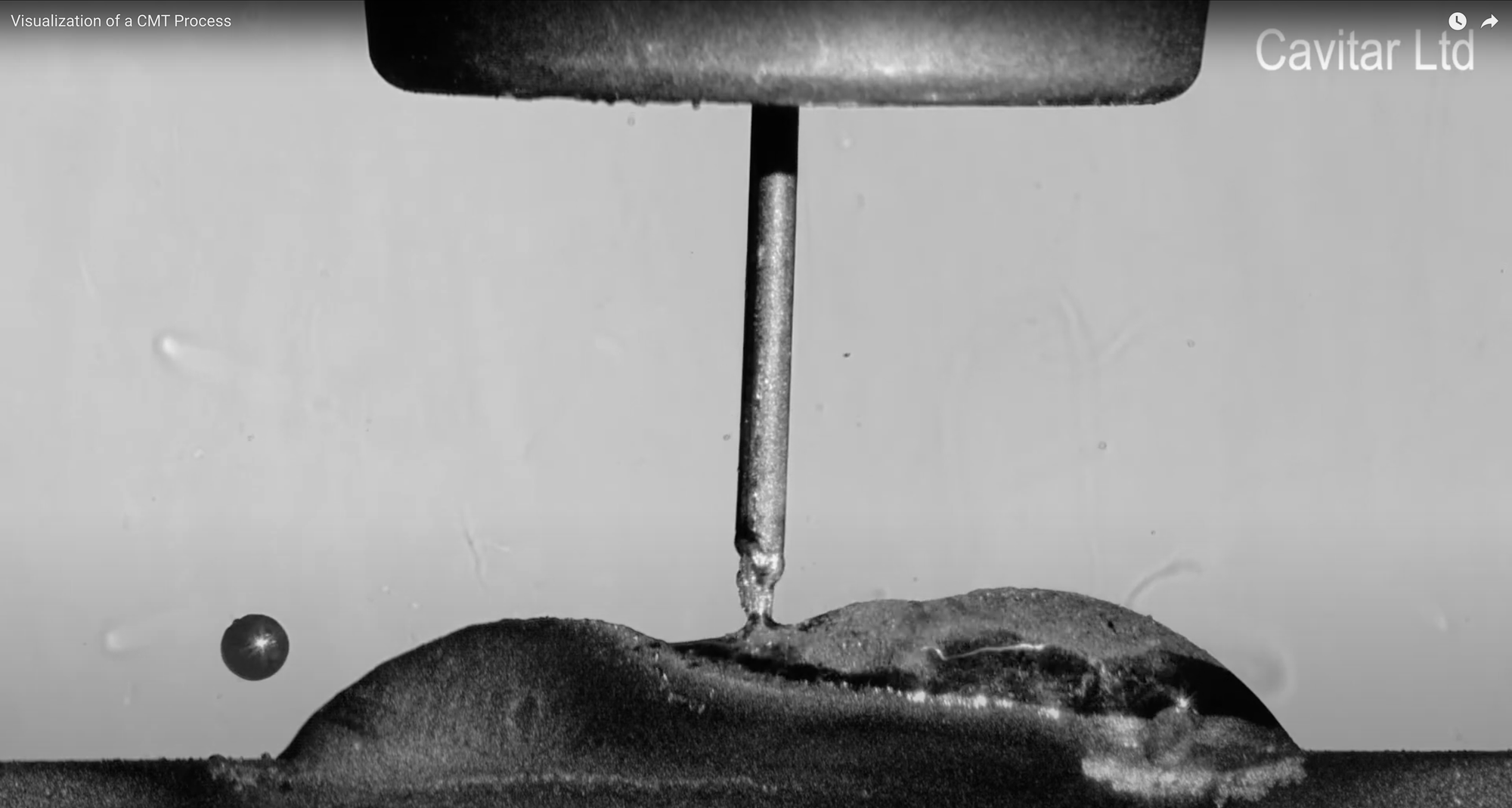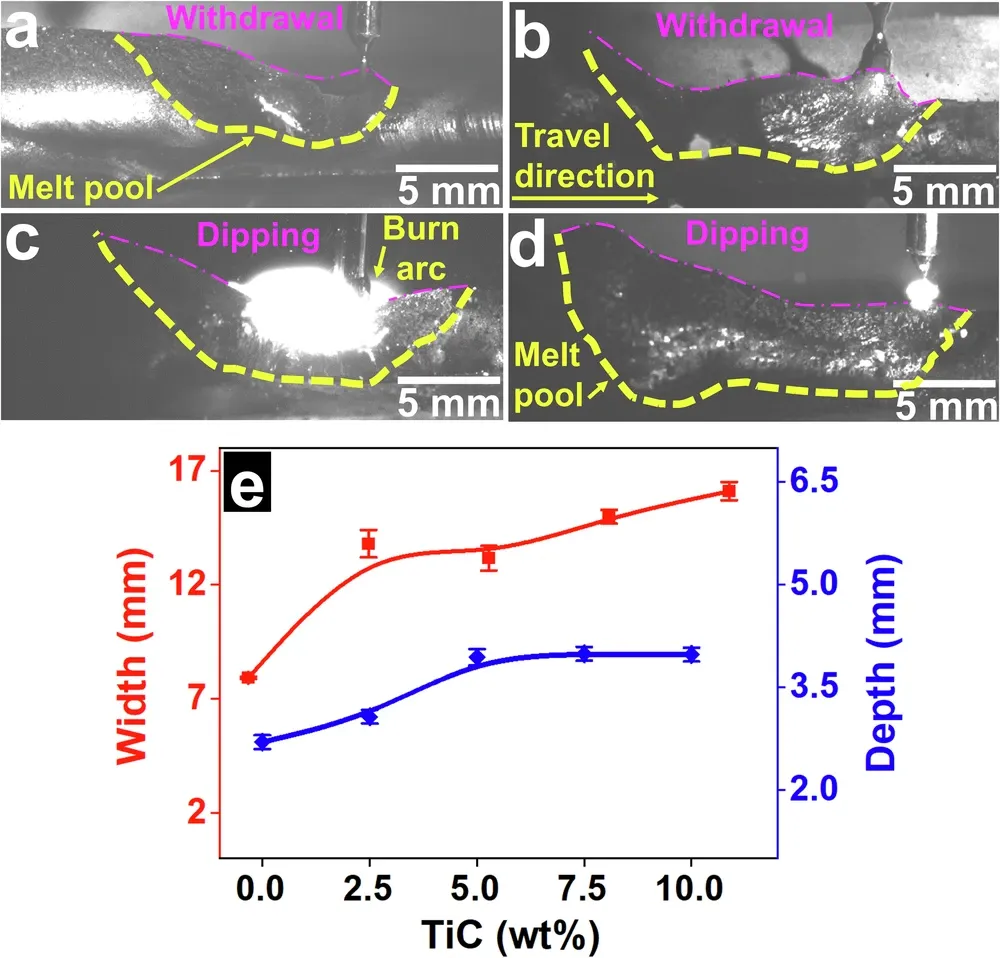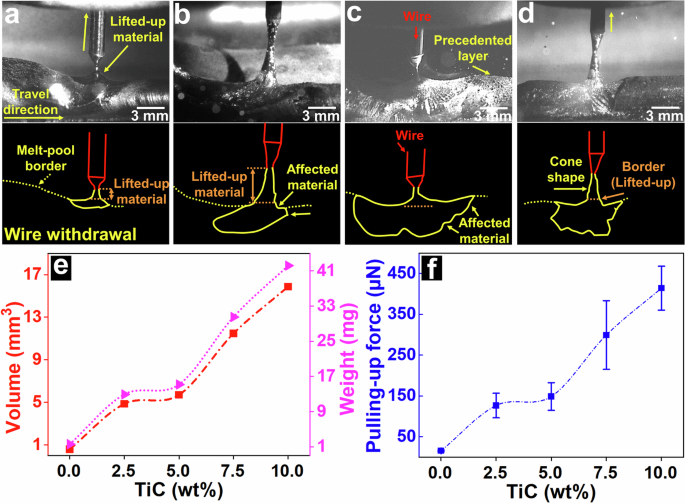High-Speed Study Reveals CMT Welding Mechanism

I came across a detailed study on cold metal transfer (CMT) and found it interesting on Nature. The researchers used high-speed photography to analyze how wire reciprocation interacts with the molten pool, offering a clearer picture of CMT’s underlying physics.
Their work focused on wire-arc additive manufacturing (WAAM) and welding, where a wire moves forward and backward at high speed to deposit material. By observing how molten metals behaved under these rapid cycles, they uncovered key factors like the pulling force in the melt pool and how material ejections occur in both hot and cold phases of the process. The team even tested ceramic nanoparticles (TiC) to see how changes in viscosity and surface tension affected the molten metal.

This data-driven approach revealed that tuning wire movement and material properties can optimize CMT performance, helping reduce defects such as porosity and spatter. It also showed how controlling the melt pool’s shape and size can improve the final part’s durability.
Video Credit: Cavitar LTD
Overall, the findings give welding professionals and researchers a pathway to refine CMT parameters for more consistent results. By better understanding the forces, material ejections, and thermal behavior of the process, the welding community can move closer to achieving high-quality, large-scale WAAM parts with fewer compromises.
Source:



Discussion